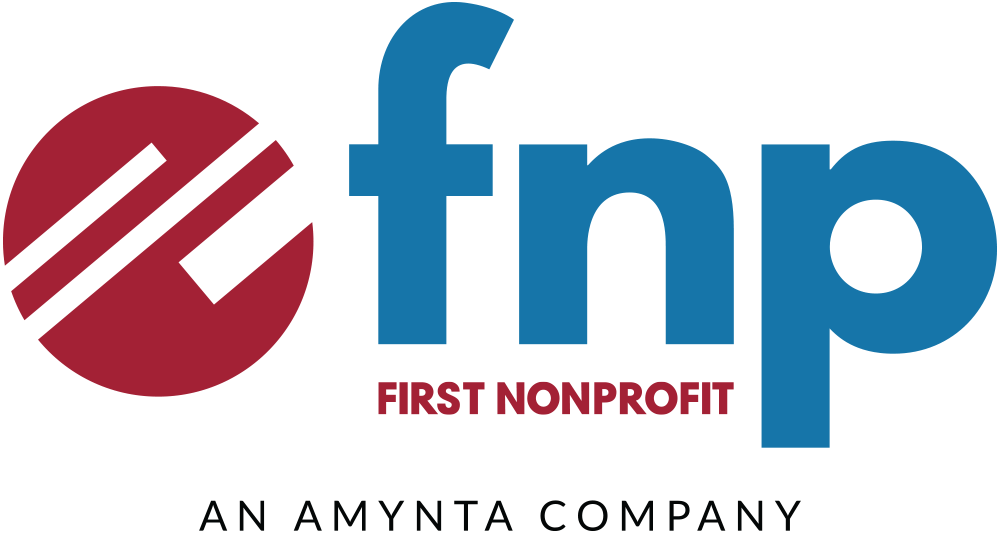TANGO Partners Perspective – May 2023
What changes to the unemployment system we may see from our Federal and State governments in their response to a recession
Written By: Joe Poretto
Vice President, Sales & Marketing – First Nonprofit (FNP)

 Last May our Partner Perspective for TANGO discussed different ways an organization could protect itself from escalating unemployment costs caused by a recession. Since we are relatively in the same position as last May, one where we are being continuously warned that a recession is right around the corner, we thought we would focus on what changes to the unemployment system we may see from our Federal and State governments in their response to a recession.
Last May our Partner Perspective for TANGO discussed different ways an organization could protect itself from escalating unemployment costs caused by a recession. Since we are relatively in the same position as last May, one where we are being continuously warned that a recession is right around the corner, we thought we would focus on what changes to the unemployment system we may see from our Federal and State governments in their response to a recession.
With the 4 week average of initial weekly claim filings approaching 250,000 compared to last year’s 4 week average hovering near 190,000, the labor market has definitely seen an uptick in activity.
- Supplementing weekly unemployment benefit amounts. This occurred in the last two economic downturns. The Great Recession saw an addition $25 per week added to a beneficiary’s weekly amount which pales in comparison to what we saw during the Pandemic. Beneficiaries during the Pandemic received an additional $300 – $600 per week on top of their standard unemployment allocation. While the supplemental payment was at $600 per week, 72% of unemployment recipients saw their weekly unemployment exceed what they were earning while fully employed.
- Federal Extended Benefits. This also occurred in the last two economic downturns as well. The Great Recession (GR) offered up to 99 weeks of unemployment benefits to claimants. Four times between July 2008 and November 2010 extensions were passed providing additional aid for the long term unemployed. Of the 99 weeks, 53 were covered 100% by the Federal Government. The Pandemic matched the same amount of weeks covered by the Federal Government with 53 which again brought a claimant up to 99 weeks of benefit eligibility.
- Expanding eligibility to qualify for unemployment benefits. We saw this in two ways specifically. First was expanding eligibility by removing prior disqualifying reasons. The GR allowed individuals to only make oneself available for part-time work which would previously have disqualified any claimant for not accepting a full-time job offer in comparable position. Whereas the Pandemic saw a complete removal of the core standard of unemployment eligibility, a claimant no longer had to be able and available for work to collect unemployment. The second way was through prolonging the duration one could collect unemployment benefits. During the Pandemic the second core standard was removed also, job search requirements were waived. The GR was much less aggressive in this manner as it kept job search requirements but did narrow the criteria of what was considered a reasonable job offer from prior standards.
CONTACT OUR
TANGO PARTNER
View Special offerings to TANGO Members from First Nonprofit (FNP)
Call us today 312.728.9972
